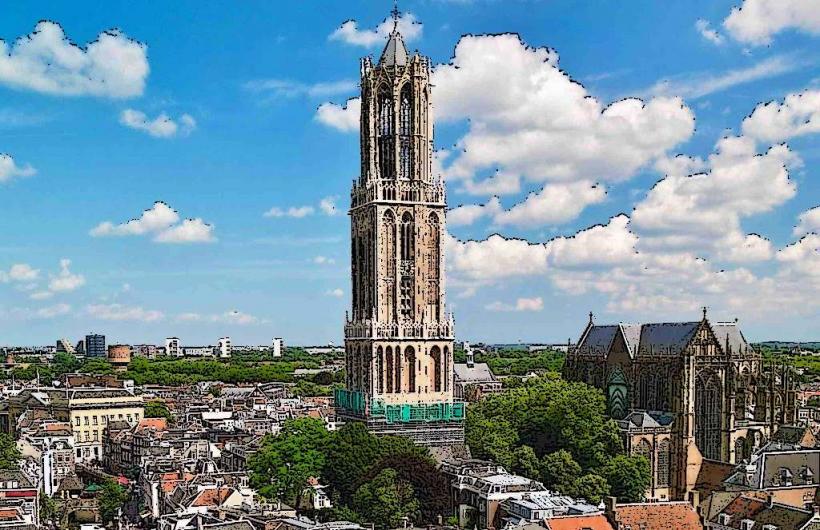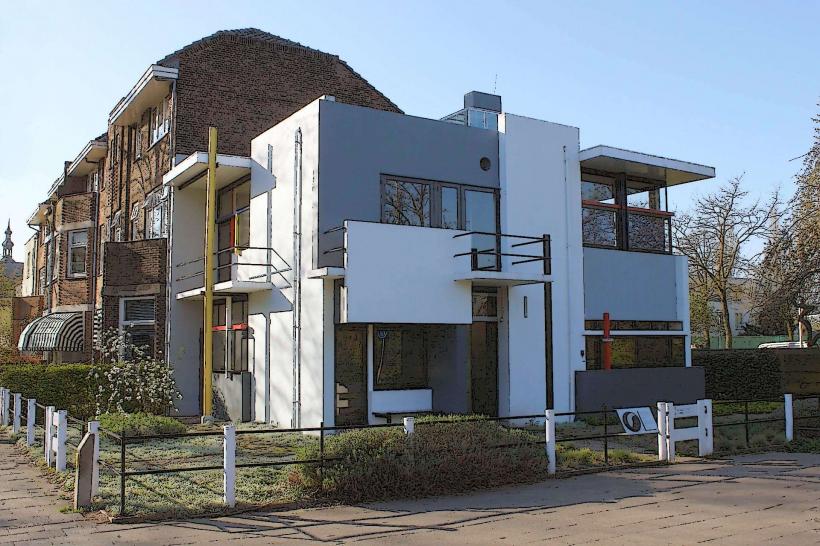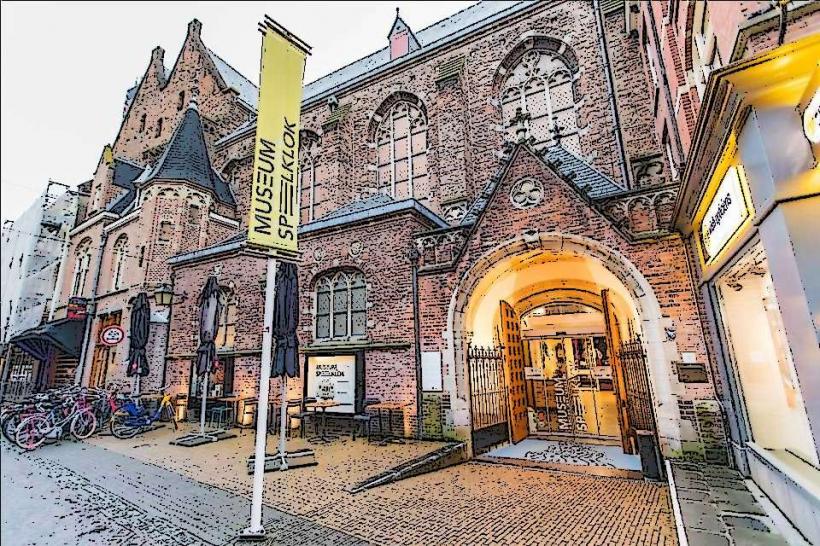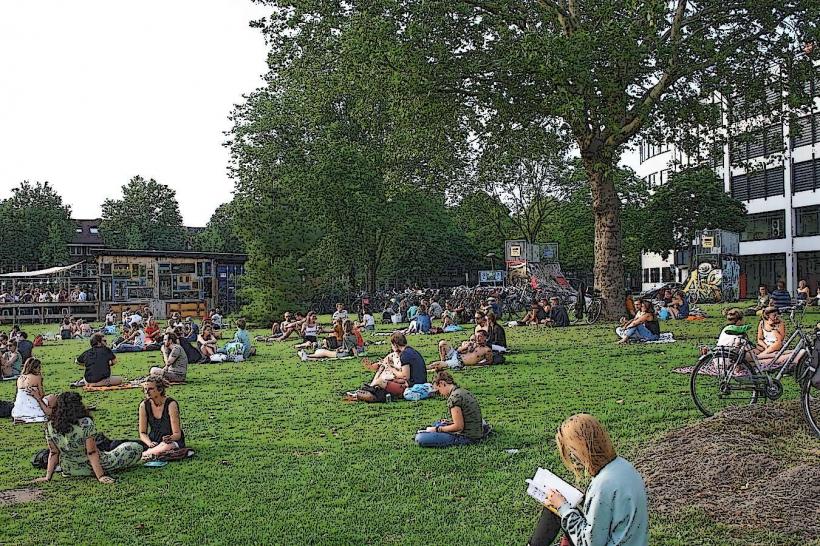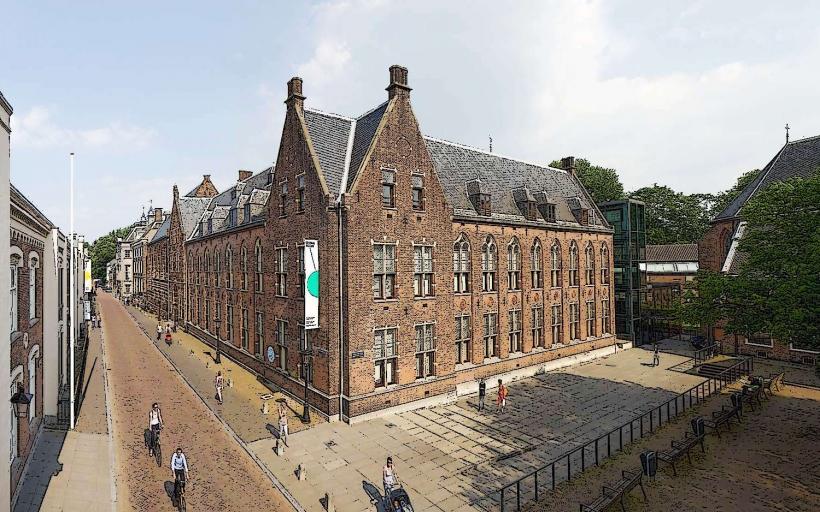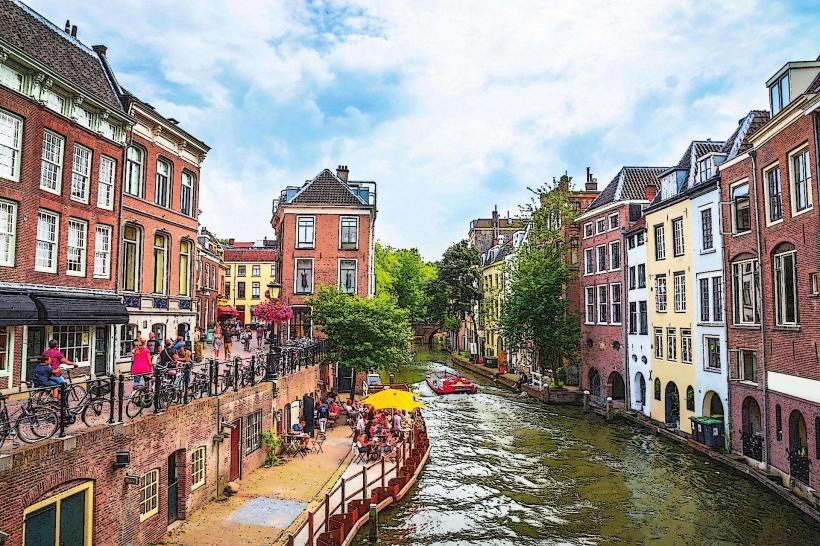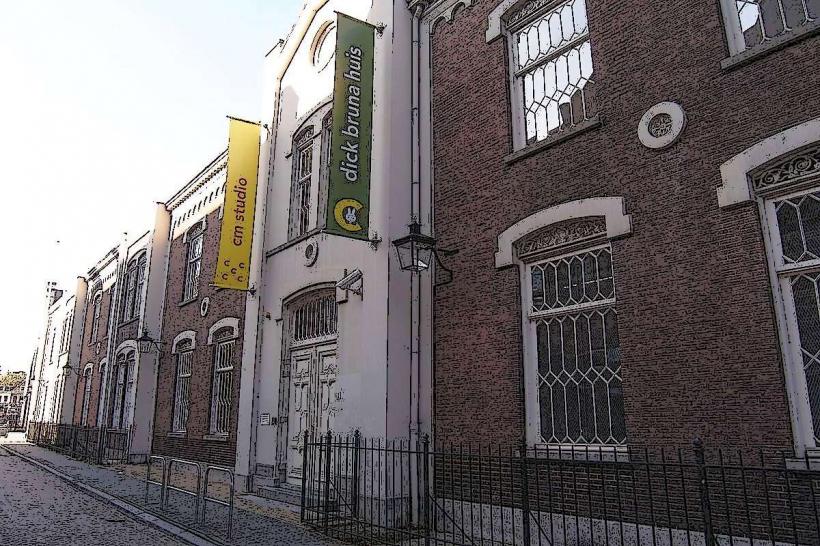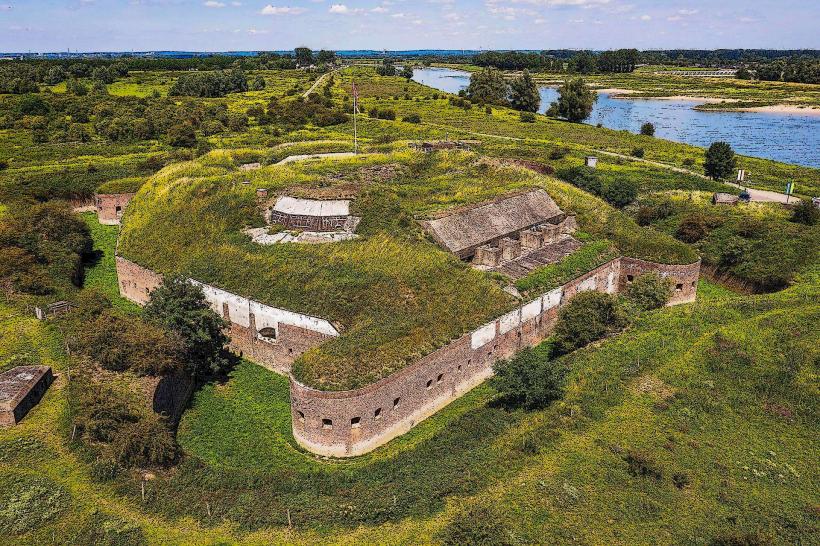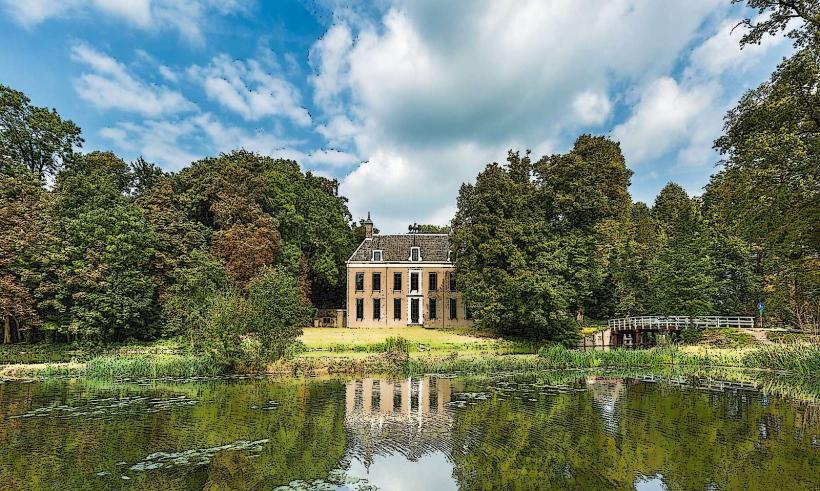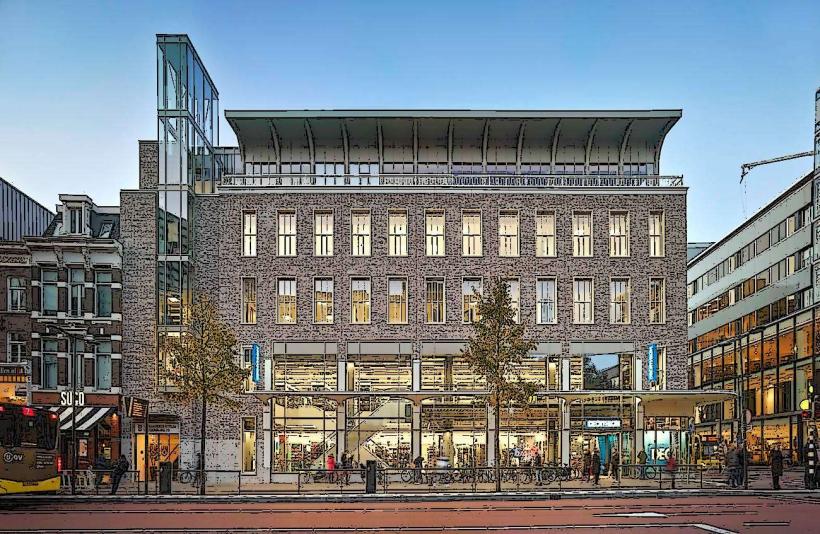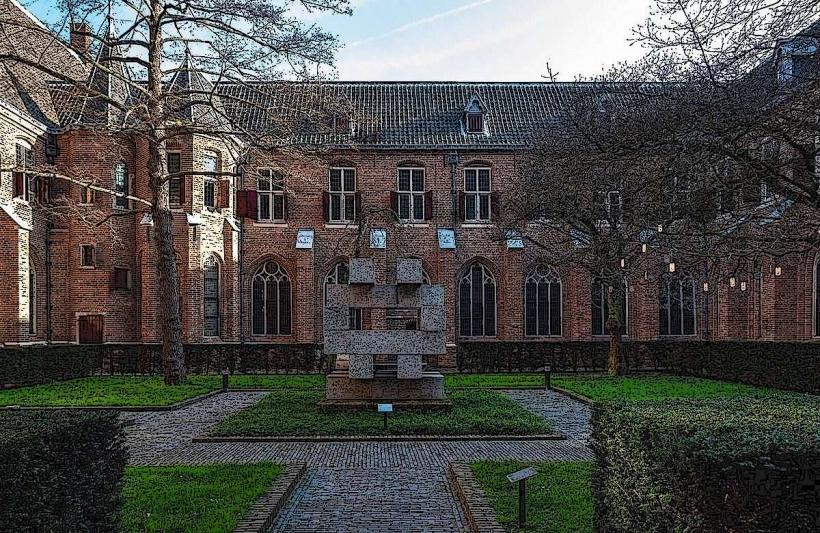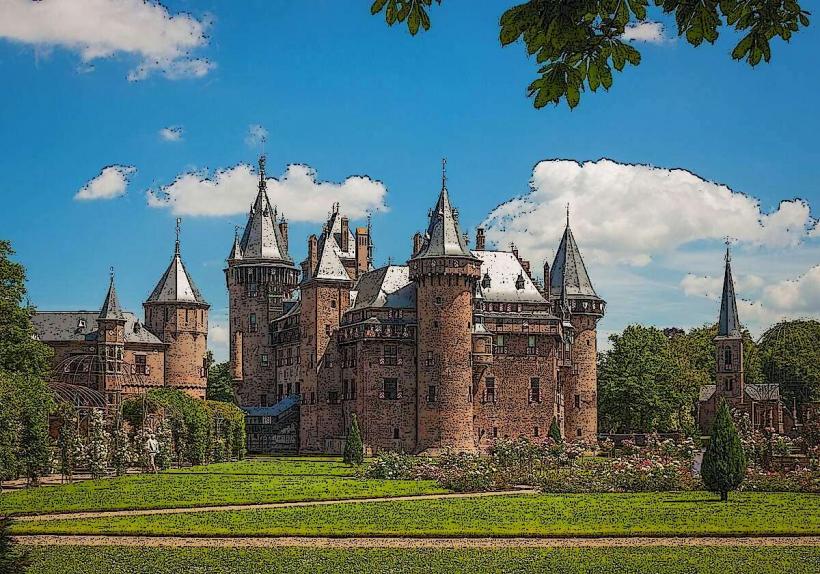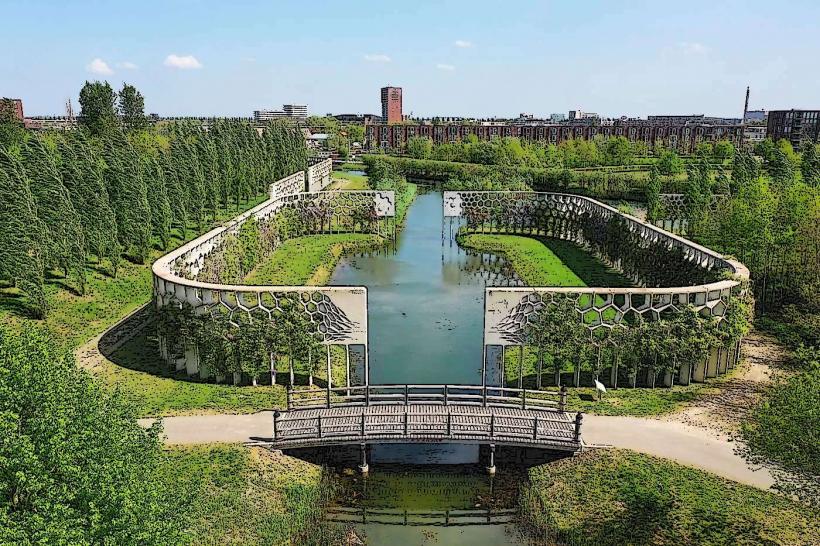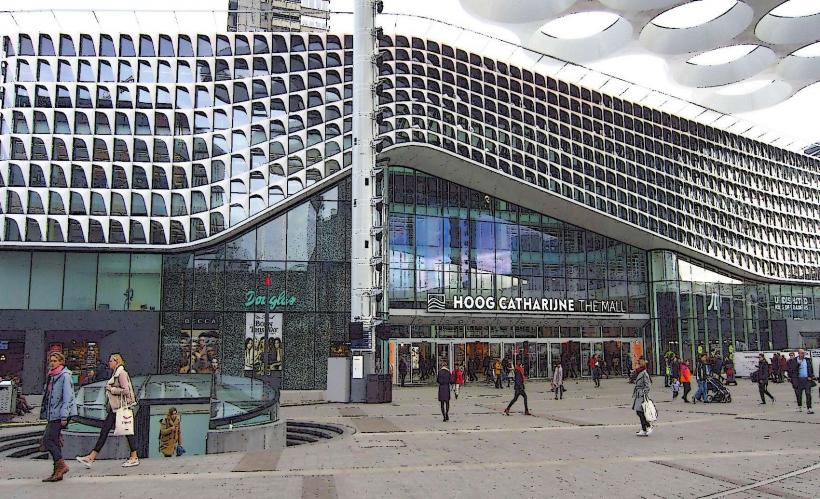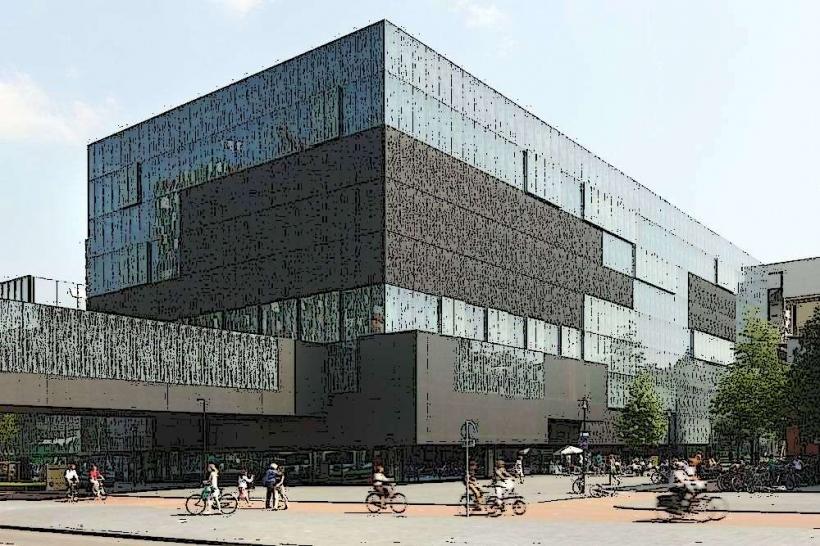Information
Landmark: St. Willibrord ChurchCity: Utrecht
Country: Netherlands
Continent: Europe
The St. Willibrord Church (or Willibrorduskerk) is a Roman Catholic church located in Utrecht, the Netherlands. It is dedicated to Saint Willibrord, an influential Anglo-Saxon missionary who is often credited with bringing Christianity to the Frisian region of the Netherlands in the early 8th century. The church is known for its neo-Gothic architectural style, as well as its historical and cultural significance in the city of Utrecht.
Here is a detailed overview of St. Willibrord Church:
1. General Overview
Location: The St. Willibrord Church is located in the Oudwijk district of Utrecht, a vibrant and historical neighborhood that is close to the city center. The church is easily accessible by public transport, and its location makes it a prominent feature in the area.
Denomination: As a Roman Catholic church, St. Willibrord Church plays a role in the religious life of Utrecht, particularly in the context of the Catholic community in the city. Although Catholicism was historically the dominant religion in the Netherlands, the Protestant Reformation led to a shift in religious practices, and Catholic churches like St. Willibrord now serve as important symbols of the country’s Catholic heritage.
2. Historical Background
a. Dedication to St. Willibrord
Saint Willibrord was an Anglo-Saxon missionary who played a key role in converting the Frisian people to Christianity in the early 8th century. He is a significant figure in both Dutch and English religious history, and many churches in the Netherlands are named after him. The St. Willibrord Church in Utrecht is dedicated to his memory and work.
Founding of the Church: The church was originally built in the late 19th century, in the wake of a revival of interest in the Catholic faith. The church was established to serve the growing Catholic population in Utrecht during this time period, as the city was becoming an important center of Catholic life in the Netherlands.
b. Architectural History
The church was designed by the renowned architect Pierre Cuypers, who is also famous for designing other iconic buildings in the Netherlands, such as Amsterdam’s Central Station and the Rijksmuseum. Cuypers was known for his expertise in neo-Gothic architecture, which is evident in the design of St. Willibrord Church.
Construction: The church was completed in 1890, and its architectural style reflects the Gothic Revival movement, which sought to revive medieval Gothic designs. The church features pointed arches, stained glass windows, and intricate stone carvings, which are hallmarks of this architectural style.
3. Architecture and Features
a. Neo-Gothic Style
The St. Willibrord Church is an excellent example of neo-Gothic architecture, a style that was popular during the 19th century. Some of its key architectural features include:
- Tall spire: The church is topped with a tall spire, typical of Gothic churches, which rises high above the surrounding buildings and is visible from many parts of the neighborhood.
- Pointed Arches: The church’s design incorporates many pointed arches, a characteristic feature of Gothic architecture. These arches can be seen in the windows, doorways, and even in the interior design of the church.
- Flying Buttresses: The church uses flying buttresses, which were originally designed to support the weight of the church’s tall stone walls and allow for large, expansive windows.
- Stained Glass Windows: One of the most striking features of St. Willibrord Church is its stained glass windows, which feature intricate biblical scenes and religious imagery. These windows not only serve a decorative purpose but also allow light to filter through, creating a spiritual atmosphere within the church.
b. Interior Design
- Nave and Choir: The interior of St. Willibrord Church features a long nave, which leads to the altar. The church's layout follows the traditional basilica plan, with a central aisle and side aisles, culminating in the choir where the altar is located.
- Altar and Sanctuary: The altar is a central feature of the church, and the sanctuary area is designed for liturgical ceremonies, including the Mass.
- Decorative Elements: The interior is adorned with wooden carvings, gold accents, and religious statues that represent scenes from the life of Christ, the Virgin Mary, and various saints, including St. Willibrord.
4. Cultural and Religious Role
a. Catholic Worship and Services
St. Willibrord Church is an active place of worship, with regular Mass services, including special services on holidays like Christmas and Easter. The church also plays a role in the local Catholic community, offering a space for spiritual reflection, prayer, and religious rituals.
- Religious Education: The church is also involved in the education of young Catholics through catechism and other religious programs. It provides opportunities for families to engage with the Catholic faith through community activities and events.
b. Special Celebrations and Events
In addition to regular religious services, the church hosts special events such as:
- Feasts of Saint Willibrord: On November 7, the feast day of St. Willibrord, the church holds special services to honor the patron saint. These services may include processions, prayers, and festive music.
- Concerts and Cultural Events: The church occasionally hosts classical music concerts and other cultural events. The combination of the church's beautiful acoustics and its stunning interior makes it a popular venue for musical performances, particularly those with religious or classical themes.
5. St. Willibrord Church Today
Today, St. Willibrord Church continues to be an important part of the religious and cultural landscape of Utrecht. While the Catholic population in the Netherlands has declined in recent decades, the church remains a symbol of Utrecht’s Catholic heritage and continues to serve as a center for worship, community, and culture.
Tourism and Visitors: The church is a popular stop for tourists visiting Utrecht, particularly those interested in its architectural beauty and religious significance. Visitors can often explore the interior of the church, admire its design, and learn about its history and role in the city.
Preservation: As a historical landmark, the church has been preserved and maintained over the years to ensure its continued use and to protect its architectural and cultural value. It is part of Utrecht’s broader effort to preserve its historical buildings and monuments.
6. Conclusion
The St. Willibrord Church in Utrecht is a remarkable example of neo-Gothic architecture and serves as a vital religious and cultural institution. Its stunning architecture, rich history, and continued role in the Catholic community make it a key part of the city's heritage. Whether for religious services, cultural events, or simply appreciating its architectural beauty, St. Willibrord Church is an important and cherished landmark in Utrecht.

